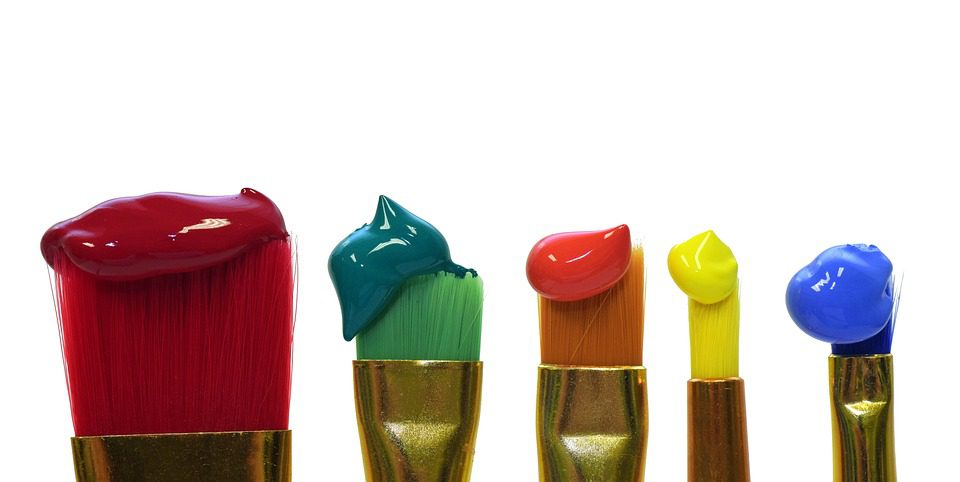Landscape painting is a genre that has been revered and celebrated for centuries. Through the art form, artists are able to capture the beauty and essence of the natural world, transporting viewers to different places and times with just a brushstroke.
One of the earliest examples of landscape painting can be traced back to ancient China, where artists began depicting their surroundings in scrolls and handscrolls. The art form continued to evolve in Europe during the Renaissance, when artists like Leonardo da Vinci and Albrecht Dürer began incorporating landscapes into their works.
However, it wasn’t until the 17th century that landscape painting truly came into its own as a genre. Artists like Claude Lorrain and Nicolas Poussin were at the forefront of this movement, creating stunning and detailed representations of the natural world. These painters often used the landscape as a backdrop for mythological or historical scenes, creating a sense of depth and complexity in their works.
During the Romantic era in the 18th and 19th centuries, landscape painting became even more popular, with artists like J.M.W. Turner and Caspar David Friedrich capturing the drama and emotion of the natural world in their works. These artists saw the landscape as a reflection of human emotion and experience, using it to explore themes of beauty, awe, and fear.
In the 20th century, landscape painting continued to evolve, with artists like Georgia O’Keeffe and David Hockney pushing the boundaries of the genre. O’Keeffe’s bold and vibrant depictions of the American Southwest were a stark departure from the more traditional landscapes of previous centuries, while Hockney’s exploration of technology and modern life in his landscapes brought a fresh perspective to the genre.
Today, landscape painting continues to be a popular and relevant art form, with contemporary artists like Anselm Kiefer and Peter Doig creating stunning and innovative works that push the boundaries of the genre. These artists use the landscape as a way to explore themes of memory, identity, and place, creating works that are both beautiful and thought-provoking.
In unraveling the rich history of landscape painting, we are able to see how artists have used the natural world as a way to explore and express the complexities of the human experience. From ancient China to modern-day America, landscape painting has stood the test of time, captivating viewers with its beauty, emotion, and depth. A visual journey through time, landscape painting continues to inspire and captivate audiences, reminding us of the timeless power and beauty of the natural world.




